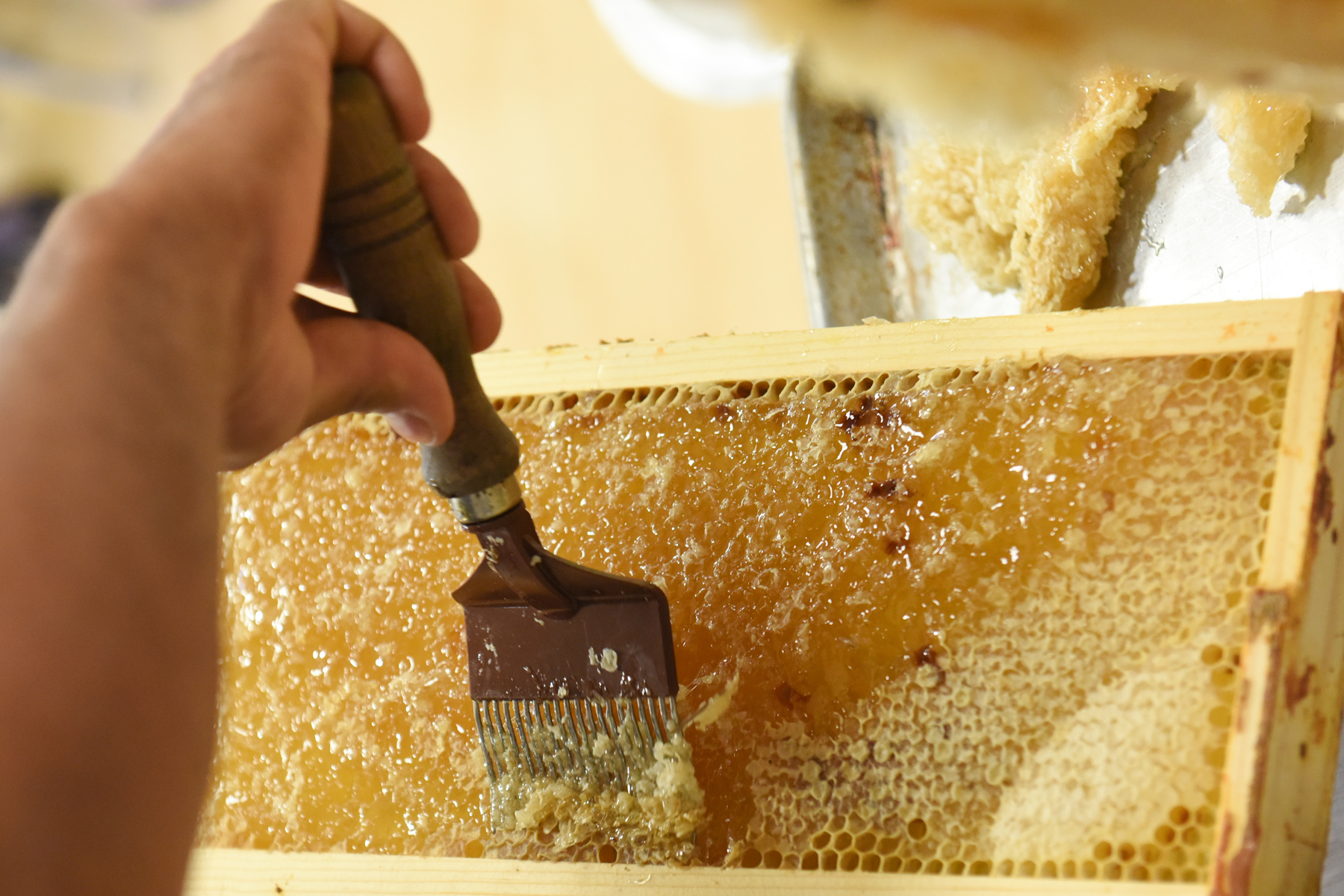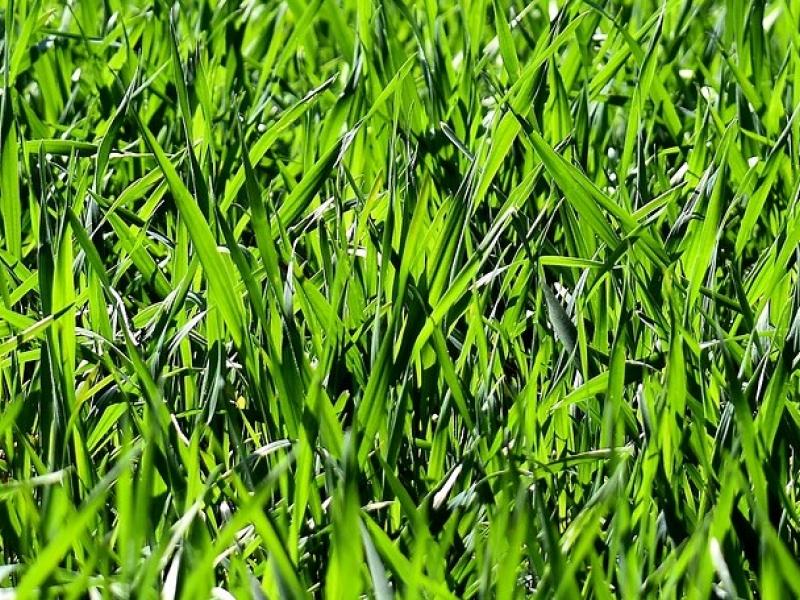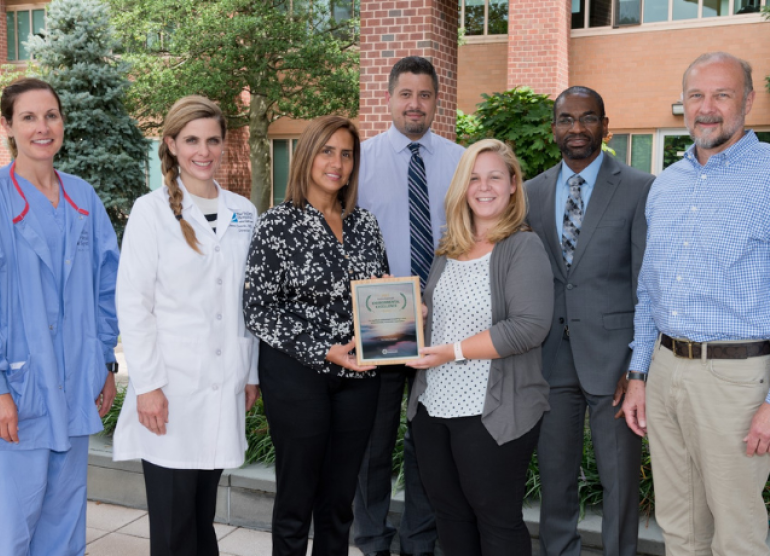At Valley Health System, the healthcare mantra “Do no harm” doesn’t just apply to patients and staff – it’s a promise to our community and environment, too.
Over the past several years, and as a member of Practice Greenhealth, Valley has taken many steps to reduce our footprint and help sustain the health of our community. Here's how:
What’s Cooking at Valley?
We’re committed to providing not only more nutritionally sound meal choices, but also sustainable, local food that doesn’t tax an already overburdened food system. With more than 1 million meals served yearly, it’s been a huge, but rewarding, undertaking.
- Vegan and vegetarian options at The Valley Hospital make a huge impact on the environment and community health.
- Our on-site vegetable and herb garden – plus a partnership with Catalpa Ridge Farm – brings more offerings of fruits and vegetables to our menus.
- We’re proud to provide foods grown and harvested in an environmentally responsible manner, including antibiotic- and hormone-free milk, fair-trade coffee, and cage-free eggs.
 Honey produced by Valley’s bees (which are managed by Bee Bold Apiaries) is used in food prepared by Valley, as well as sold to the community at the hospital.
Honey produced by Valley’s bees (which are managed by Bee Bold Apiaries) is used in food prepared by Valley, as well as sold to the community at the hospital.- Valley Dining recycles 2,700 gallons of fryer oil every year, which is collected and converted into biodiesel fuel.
- Valley Dining replaced polystyrene plates and clamshell food containers with compostable products to further decrease our carbon footprint.
- We have 2 bio-digesters at The Valley Hospital to process food waste and to divert food waste from the landfill.
- The Valley Hospital has switched from traditional patient feeding to an on-demand room service method which research shows will reduce food waste by up to 17%.
- The hydroponic garden at The Valley Hospital will be used to grow many different varieties of greens and herbs for use in our cafeteria
Sustainability by Design
Thanks to a grant from PSE&G’s Hospital Efficiency Program, we’ve been able to make reductions in energy consumption, including:
- Replacing the lighting outside and in the hospital’s lobby with LED lights
- Optimizing chiller plants, which help cool the air in a building
- Upgrading building management systems and replacing pneumatic HVAC controls with DDC (direct digital controls); HVAC systems are also being switched to variable air volume (VAV) systems, which still meet codes necessary for hospital air flow, but regulate heating and cooling based on need
- Using motion detector sensors, which turn off lighting when a room is not in
use, and dimmers, which detect when a room can be lit by daylight alone
- Linking carbon monoxide detectors to parking garage fans; these detectors allow fans to shut down when parking areas are not in use
- Installing five charging stations for electric vehicles
Waste Not
Valley was recognized by the Commerce and Industry Association of New Jersey (CIANJ) and its flagship publication, COMMERCE magazine, for our environmental leadership in waste minimization in 2019 and 2021.
Here are other ways we’ve worked to meet our Practice Green Health objectives:
- We’ve succeeded in decreasing our solid municipal waste numbers from 1,433 tons in 2022 to 1,315 tons in 2023. We've also added more materials to recycling including everything from batteries to light bulbs, computer equipment, cardboard, construction debris, metal, carpeting and medical instruments.
- Valley made the switch to sustainably made, reusable patient-belonging bags to replace single-use bags and continues the use of reusable hospital gowns from disposable ones.
- Since 2018, the addition of the controlled substances controlled waste disposal system ensured that inappropriate waste will not enter the community’s watershed.
- The purchase of 20 reusable patient grounding electrodes in 2022 is drastically reducing the number of disposable grounding pads used.
- Valley’s reduction in the number of instruments in the surgical instrumentation trays led to a reduction in the amount of water and enzymatic cleaners required to reprocess instrumentation.
- Through the Stryker sustainability program, Valley has mitigated 1,476 tons of CO2, diverted 3,051 lbs of waste, and donated 78 trees through Products for the Planet.



